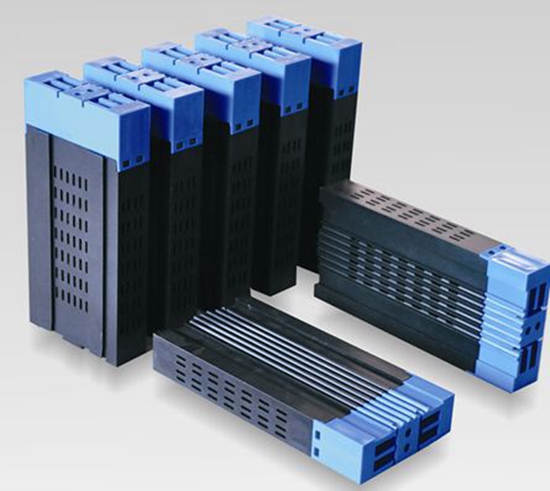What is the lithium Intercalation Mechanism of Graphite?
Since 2022, Russia-Ukraine geopolitical conflicts have intensified, and global energy prices have risen sharply, with international natural gas prices hitting historic highs. As the most important transitional energy source in the transition from fossil energy to non-fossil energy, the share of natural gas in primary energy has increased from 14.6% in 1965 to 24.7% in 2020. The global gas price indices showed a unilateral downward trend from 2018, bottomed out in 2020, and remained low for a long time. However, since July 2020, the global gas prices have gradually fluctuated upward, and the impact of geopolitical events made the Dutch TTF gas price even hit record highs repeatedly.
An analyst of a securities company believes that the core catalyst of this round of global gas market lies in the lack of investment in upstream oil and gas resources caused by long-term low prices. Since 2020, although the epidemic has led to a decline in demand, the decline in supply has been faster, resulting in a large inventory consumption. In 2021, demand will recover faster than supply (the supply-side is less sensitive to prices, which will be reflected in investment).
As the world's two largest gas Graphite are also expected to change significantly.
Graphite has good conductivity, high crystallinity, and a well-layered structure. It is very suitable for repeated intercalation and deintercalation of lithium ions. It is currently the most widely used and most mature negative electrode material. After lithium ions are intercalated between the graphite layers, a lithium intercalation compound LixC6 (0≤x≤1) is formed, and the theoretical capacity can reach 372mAh/g (x=1). The reaction formula is: xLi++6C+xe-→LixC6
Lithium-ion intercalation changes the stacking mode between graphite layers from ABAB to AAAA.

Graphite modification treatment
Since the graphite interlayer spacing (d≤0.34nm) is smaller than the crystal plane interlayer spacing (0.37nm) of the graphite lithium intercalation compound LixC6, the graphite layer spacing changes during the charging and discharging process, which is easy to cause the graphite layer to peel off, pulverize, and also occur. Lithium ions and organic solvent molecules co-intercalate into the graphite layer, and the organic solvent decomposes, affecting the battery cycle performance.
Through graphite modification, such as oxidation on the surface of graphite and coating of polymer pyrolytic carbon, composite graphite with a core-shell structure can be formed, improving the charge and discharge performance of graphite and increasing the specific capacity.
Other anode materials
At present, graphite is the mainstream commercial lithium battery negative electrode material. Its theoretical gram capacity is 372mAh/g. The graphite negative electrode material with better performance on the market can reach 360mAh/g, and the gram capacity gradually tends to the limit value. Although graphite as a negative electrode material has disadvantages such as low gram capacity and cycle deviation, because of the high-cost performance of graphite-based negative electrode materials, it will not be replaced by new materials immediately. The specific reasons are as follows:
1. The new anode material technology is immature, and it will take a long time for performance improvement;
2. The price of new anode materials is higher, and the price advantage of graphite anodes is obvious;
3. The negative electrode material needs to be used in combination with the positive electrode material, electrolyte, etc., and the specific capacity of the current positive electrode material is generally low.
High-quality graphite supplier
Luoyang Moon & Star New Energy Technology Co., LTD, founded on October 17, 2008, is a high-tech enterprise committed to developing, producing, processing, selling, and technical services of lithium-ion battery anode materials. After more than 10 years of development, the company has gradually developed into a diversified product structure with natural graphite, artificial graphite, composite graphite, intermediate phase, and other negative materials (silicon-carbon materials, etc.). The products are widely used in high-end lithium-ion digital power and energy storage batteries. If you are looking for Lithium battery anode material, click on the needed products and send us an inquiry:sales@graphite-corp.com
The downturn in tourism has caused the recession, and the weakening of the economy has also affected the market demand for Graphite. Recently, however, the demand for Graphite has increased, so contact us for the latest news on Graphite.
Inquiry us